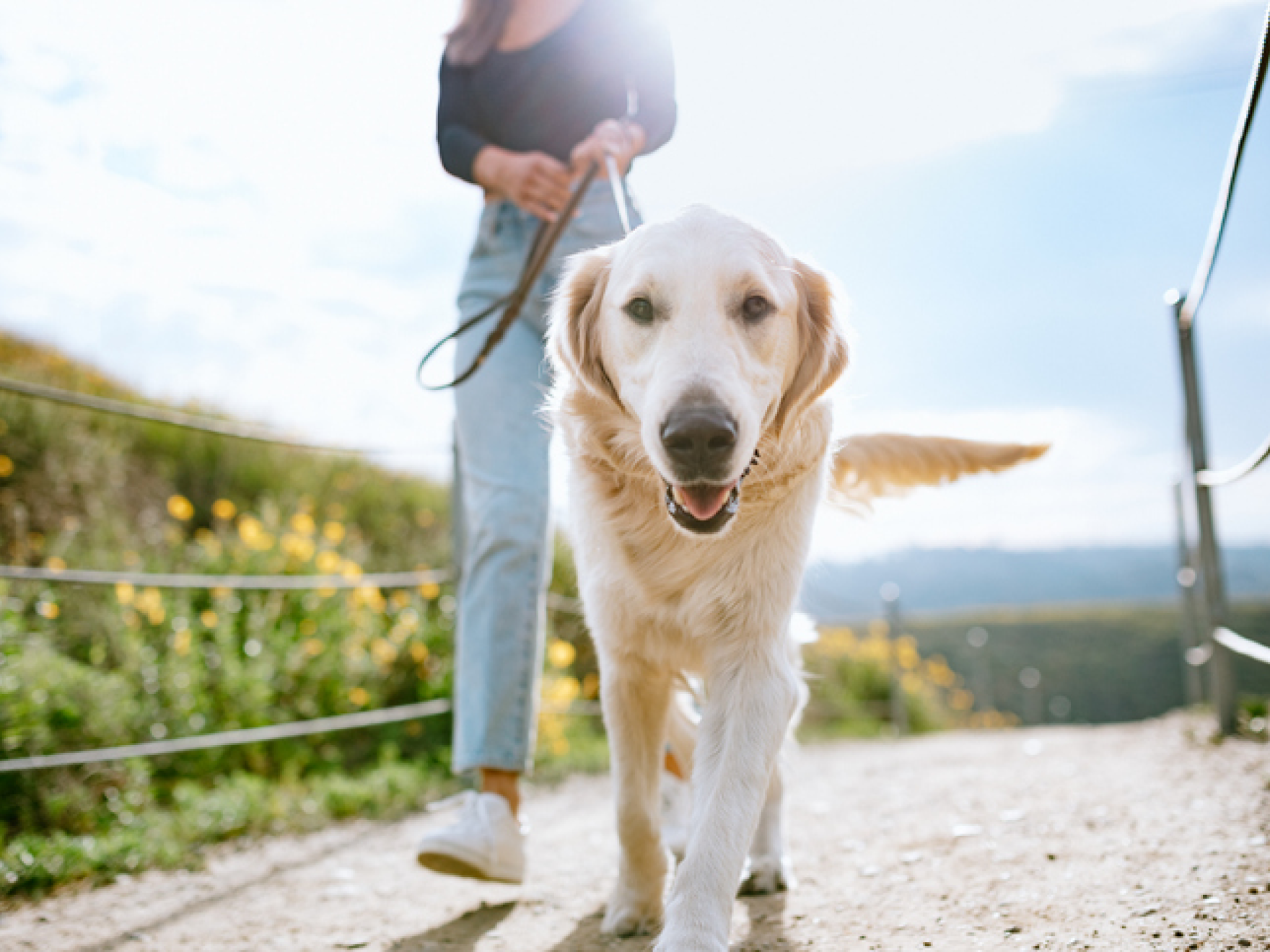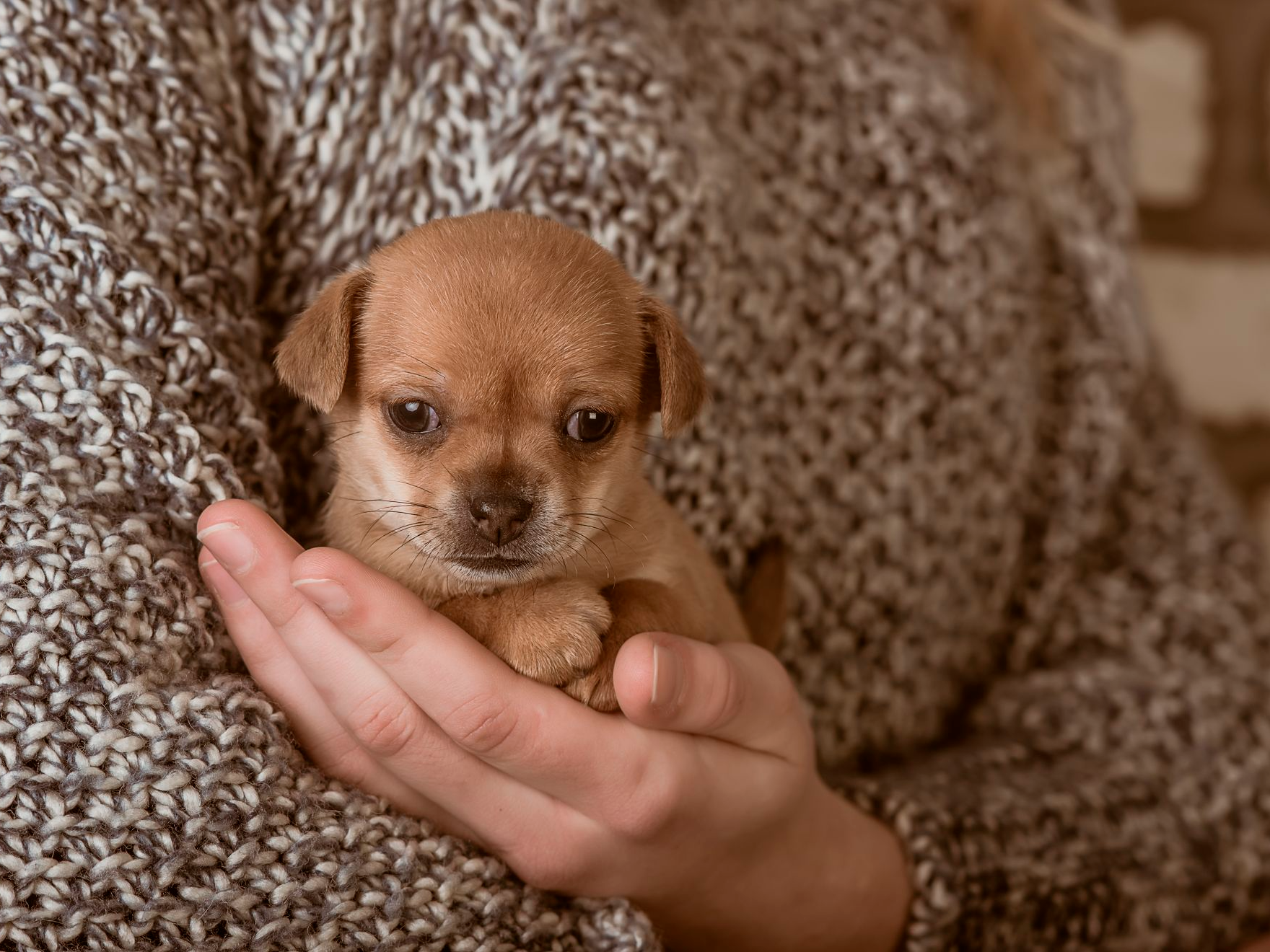Moving with a dog? What you need to know
Moving house can be stressful for humans and canines alike. You’ll need to take your pet into account at all stages of the preparations. Putting into practice these tips for moving with a dog will help make the experience smoother for all members of the household, including pets.
Article

How to have a (relatively) stress-free move with your dog
As well as packing the boxes and booking the moving van, you’ll need to get your pet ready for the big move: preparations in advance will help avoid dog anxiety in moving to a new home. And patience and consistency, the same principles you applied to training your puppy, will also go a long way to making the process stress-free (or less stressful at least).
Top tips for moving with a dog
Moving with a puppy or a dog is a big undertaking. They don’t take well to sudden upheaval. Make the whole process as gradual as possible.
If you can, bring your moving supplies into your home well in advance so your puppy can have a good sniff (but be sure they can’t access and chew items that could be dangerous, such as bubble wrap).
Try to keep your dog’s favourite place (perhaps their basket or where their food bowls live) as normal as possible until the last minute.
In any case, make sure big piles of boxes or clutter don’t impede your puppy’s access to their play, sleeping or eating and drinking areas.
If your dog will need a harness or a crate for transportation on the day of the move, make sure you buy and try it in advance so your pet has a chance to get used to it.
Introducing your puppy to their new home will be a much calmer process if the journey has gone smoothly. If you have a long journey to your new place, plan plenty of breaks into your travel schedule. Even if you’re moving nearby, you’ll need to factor in exercise and comfort stops for your dog.
Change the registered address on your dog’s microchip straightaway, so if they get lost, a vet can help get them back to you quickly.
If you’re moving far away, line up a new vet and register with them as soon as you can, so help is on hand if your dog experiences any health problems around moving time.
If you’re relocating abroad, or taking a flight with your pet, talk to your vet about any health certificates your animal may need to travel.
If you can have a friend or family member (or trusted pet sitter) take care of your dog to spare them all the comings and goings and let you pack in peace, so much the better.
If that’s not possible, be sure to stop for regular breaks for walks and play sessions, keeping the rhythm of the day as similar as possible to non-moving times.
You may feel like splashing out on a smart new dog bed or bowl to go with your brand new interiors, but the process of settling your puppy into a new home will be eased if their existing, comforting things move with them.
Moving day is not the right moment to introduce a brand new dog food to your pet. But gradually introducing a specially-formulated food aimed at calming anxiety in the days and weeks leading up to it could help your dog cope better with all the changes taking place.
Introducing a dog to a new home
After moving day, the worst of the practical upheaval is over, but there’s still plenty to think about. Settling your puppy or dog into their new home takes time, so you’ll need to be patient.
Here are some pointers to help your dog adjust to their new home

1. Stick to routines (as much as possible)
Dogs are sensitive to their surroundings and even though you prepared them for the move, suddenly everything smells—and is—different. Try to keep your dog’s walking, feeding and playtime schedules as consistent as you can and see if you can recreate a similar set-up for your dog’s water bowl, food and bed in your new space. Don’t get rid of all your old furniture straightaway: reminders of your previous place will help your pet settle.

2. Be patient with your pup
Don’t be surprised if your dog’s behaviour changes around the time of the move. You may find your puppy isn’t eating in their new home or your dog won’t pee in the new place. They may start following you around, which can be a sign of separation anxiety.
Plenty of attention and reassurance from their owner should have them feeling more confident in no time. But if your dog’s behaviour is giving you real cause for concern or doesn’t seem to be returning to normal, speak to your vet.

3. Quality time with their owner
Now is definitely not the time to be leaving your dog alone for extended periods or start taking them to unfamiliar places. While puppy socialisation is very important, immediately after moving is not the best time for endless visitors to your dog’s new home. You need to give them a chance to acclimatise in peace. Calm and cuddles in their new space with their comforting, familiar owner, should help your dog settle.

4. Watch out for dog anxiety when moving to a new home
Moving to a new apartment can cause separation anxiety in your dog, even if they have never experienced it before. Signs to watch out for include: peeing or pooing indoors, barking or howling, pacing, chewing or other destructive behaviour and panting or drooling excessively.
If you’re worried about your dog marking territory in their new home, make sure you walk around with them as they explore initially. That way you can gently guide them outside if necessary.
Your dog’s first night in their new home
If your dog is used to sleeping alone, you may be reluctant to let them sleep in with you for the first few nights after a move. But the most important thing for your dog or puppy’s first night in a new home is that they feel secure. Think of it as similar to when they first joined your household: it’s all about making sure your dog is comfortable, so do everything you can to help them adjust. Tweaking your expectations over a settling-in period will help them more than leaving a dog crying at night in their new house.
Following the preparation steps in advance of the move and as you begin to settle in will reduce the likelihood of separation anxiety. But you know your dog better than anyone: if they are distressed and not showing signs of improvement, don’t hesitate to talk to your vet for advice.
Your dog will pick up on your anxiety, so for their sake as well as yours, try to stay as relaxed as possible. With the right preparations in hand well ahead of the move, and a plan in place to help your dog acclimatise to their new home once you arrive, the transition should go swimmingly.
Related Articles
Like & share this page

